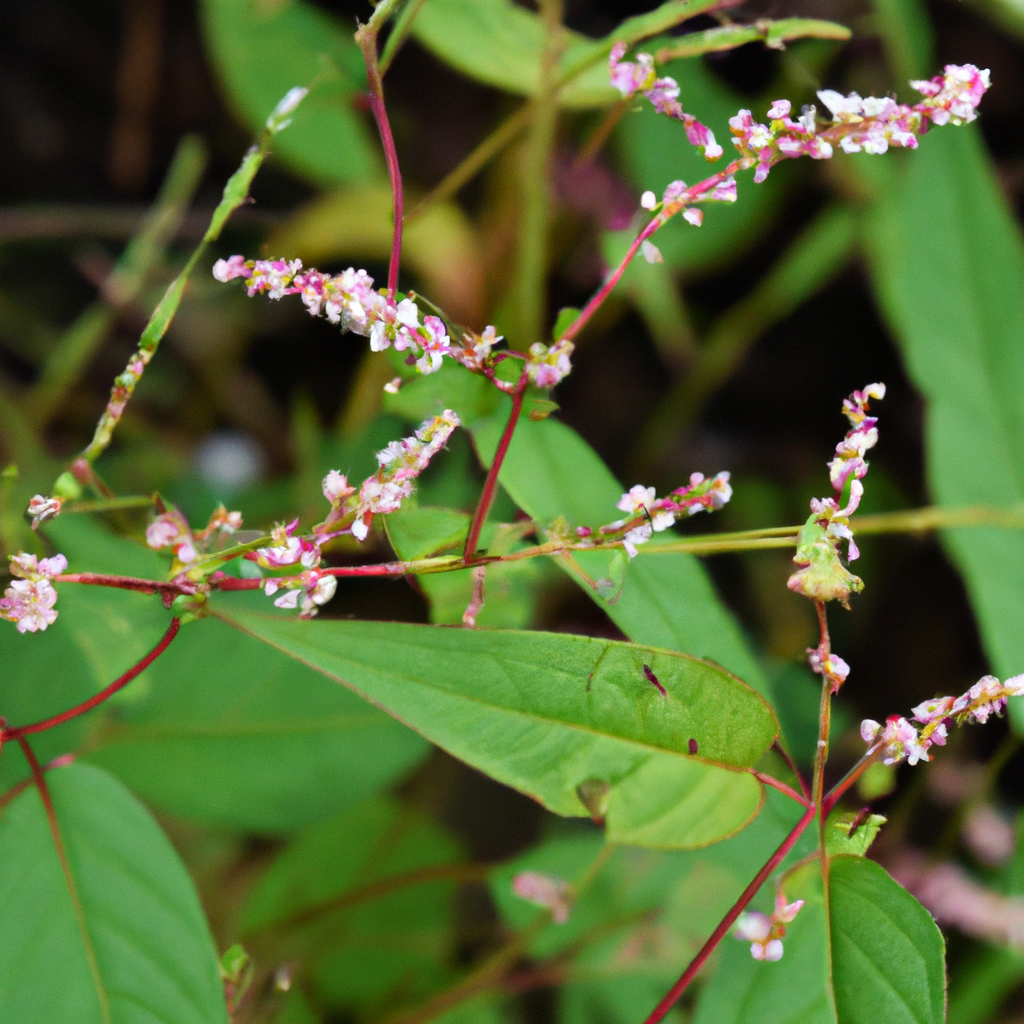Biological Name:
Polygonum pensylvanicum
Natural Habitat:
Pennsylvania-Smartweed: The natural habitat of Pennsylvania-Smartweed is in wet or moist areas such as marshes, swamps, and along streams, in the eastern and central regions of North America.
Description:
Pennsylvania smartweed is a type of flowering plant that is commonly found in fields and other grassy areas. It is a member of the Polygonaceae family which also includes plants such as buckwheat and rhubarb. Pennsylvania smartweed is an annual or perennial plant that produces small pink or white flowers and clusters of seeds. The plant is often used as a cover crop to improve soil health and suppress weeds. It is also known for its ability to tolerate a wide range of growing conditions including wet or dry soils. In some areas Pennsylvania smartweed is considered a weed because of its ability to invade cultivated areas and cause allergies and other health problems.
Frequently Asked Questions (FAQs)
Q: Is Pennsylvania smartweed invasive?
A: P. persicaria is a non-native invasive.
Source
Q: What animal eats smartweed?
A: This plant is an excellent wildlife food plant, especially for waterfowl. Twenty species of ducks, geese, bobwhites, mourning doves, ring-necked pheasants, and four species of rails, as well as 30 nongame birds, eat the seeds. Dense stands provide cover for young waterfowl, marsh birds, and wintering pheasants.
Source
Q: What is Pennsylvania smartweed good for?
A: Leaf Tea used for heart ailments, stomachaches, inflammation, sore throat, and as a diuretic. Also used against kidney stones. Leaf tea also used as a foot soak for pain in legs and feet. Whole plant poultice used for general pain, poison ivy rash, and insect repellent.
Source
Q: Should I remove smartweed?
A: The annual smartweeds emerge in early Spring and will grow throughout the Spring and Summer and dieback in the Fall. It is important to control these weeds before they go to seed because one plant can produce close to 20,000 seeds per plant.
Source
Q: Should I pull smartweed?
A: Some annual Smartweeds are easily controlled by pulling the weeds out after misting the soil lightly. For the perennial Knotweeds, persistence is needed to mechanically remove the crown and roots in established plants — it is best to pull them when they emerge.
Source
Q: Is smartweed good for anything?
A: Smartweed is an herb. The entire plant is used to make medicine. People take smartweed tea to stop bleeding from hemorrhoids, as well as menstrual bleeding and other uterine bleeding. They also use it to treat diarrhea.
Source
Q: Is smartweed good for bees?
A: It is known to be an excellent bee plant.
Source
Q: What animal eats smartweed?
A: This plant is an excellent wildlife food plant, especially for waterfowl. Twenty species of ducks, geese, bobwhites, mourning doves, ring-necked pheasants, and four species of rails, as well as 30 nongame birds, eat the seeds. Dense stands provide cover for young waterfowl, marsh birds, and wintering pheasants.
Source
Q: Is smartweed good for ponds?
A: This perennial plant is often considered a nuisance; however, water smartweed is an important food source for aquatic waterfowl, songbirds, quail, doves, and small mammals. They also hold soil and purify the water. To prevent overabundant growth treat invaded area early in the season before dense stands of weed occur.
Source
Q: Is Pennsylvania smartweed edible?
A: Mature leaves and stems chopped up and used sparingly as pepper, leaves and stems boils in soups, again sparingly. Numerous herbal applications. The roots of some species are edible cooked, some require a little cooking, others require much cooking. The seeds of some are also edible.
Source
Q: Is Pennsylvania smartweed annual or perennial?
A: Life cycle: Summer annuals. Emerge in the spring and set seed in late summer/fall and die.
Source
Q: Do whitetail deer eat smartweed?
A: White-tailed Deer, Eastern Cottontail, and Muskrat are said to eat the plant itself.
Source
Q: What is difference between smartweed and knotweed?
A: Smartweeds are much smaller than the non-native knotweeds and only grow a few feet tall. They have more flimsy stems and do not grow to be large shrubs.
Source
Q: Where is Pennsylvania smartweed native to?
A: Native Distribution: Throughout East, except Prairie Provinces; also in parts of West. Native Habitat: Moist waste places, fields.
Source
Q: Is Pennsylvania smartweed perennial?
A: Pennsylvania smartweed is a member of the Polygonaceae (Smartweed) family. The smartweed family includes about 900 species that range from annual herbs to perennial trees.
Source
Q: How do I control smartweed in my lawn?
A: Smartweed can be controlled by several post-emergent herbicides like Grazon Next HL, Metsulfuron, Chapparal, Milestone, and others. While 24-D by itself is doesn’t produce quite as good of control as some of these other products, mixing metsulfuron with 24-D is very effective.
Source

